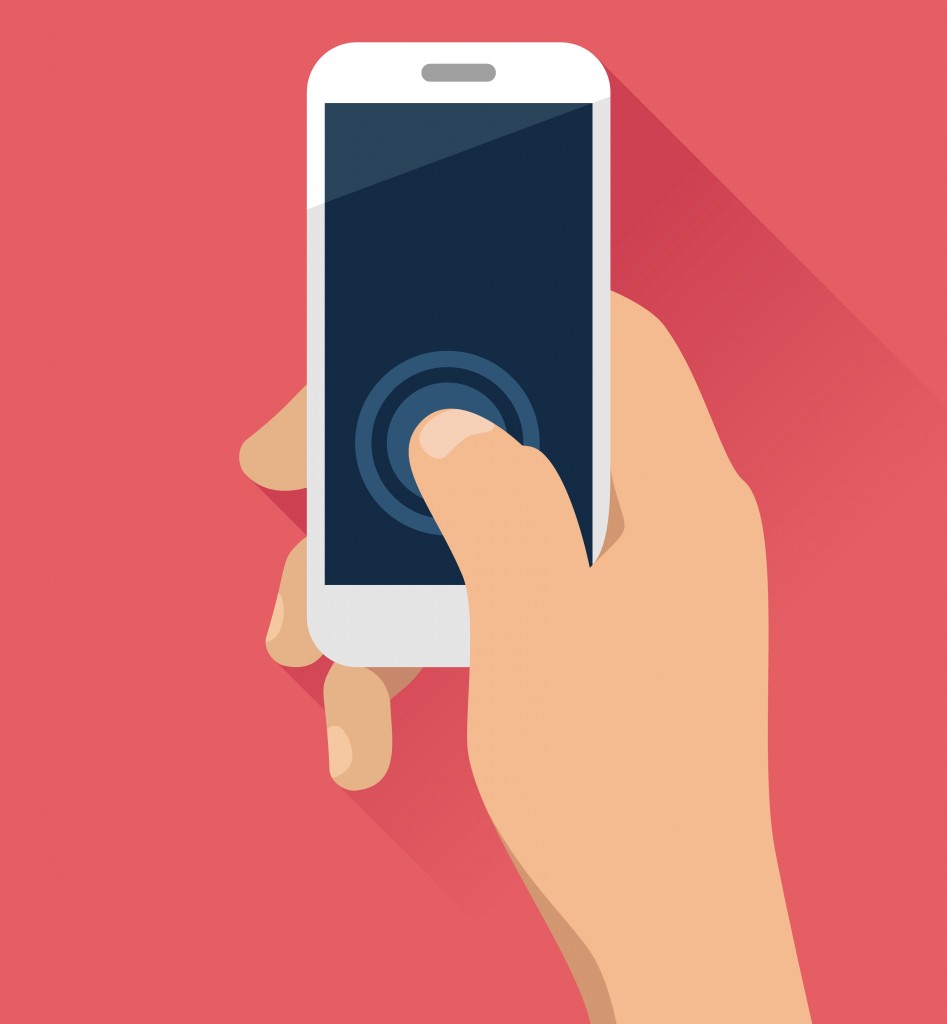We live in the age of mobile; consumers are comfortable in a culture of convenience. Customers are connected wherever they go, which presents a unique opportunity for you in the form of mobile engagement. Customers interact with brands on their mobile devices in a number of ways: browsing your company on social media, online shopping on their mobile devices, receiving promotional material in the form of emails, text messages, or push notifications within apps and more. Here are 5 ways to improve mobile engagement.
1. Optimize for mobile
Mobile devices aren’t going anywhere soon so businesses need to build an experience that caters to this consumer preference. Mobile is quickly becoming the first, and for some only, screen consumers view content on which means appealing aesthetic and improved functionality are crucial elements. Even if your business has a physical location, it’s critical that you offer a mobile experience to customers viewing your website on their smart devices because 50% of consumers are browsing on their mobile devices while perusing in-store. You can optimize for the mobile screen by:
- Keeping the copy to a digestible length – this is no space to be writing a novel.
- Ensuring a sleek and responsive interface: uncluttered pages, clear buttons, images that self-adjust their size, easy-to-read fonts, and simple navigation.
- Implementing social logins to make logging in as easy as possible.
For more on how to optimize your website for mobile, check out this handy guide from HubSpot.
2. Expedite checkout for mobile shopping
The longer and bumpier the road to check out is, the more likely that the consumer will abandon before they reach their destination. Making the check-out process as easy and effortless as possible will increase sales. Do this by:
- Saving customer’s items in their checkout cart
- Displaying their recently viewed items
- Auto-filling previous payment information for faster future checkouts
- Reducing cart checkout fields to the bare minimum
- Providing easy-to-follow navigation
3. Communicate strategically
Whether it be emails or in-app messages, overt and incessant communication will not be well received. In today’s content-saturated society, users are inundated with an inordinate amount of content while on-the-go. A sheer increase in amount does not translate into your message being read, it will only serve to annoy your customer, leading them to delete or choosing to opt out. Use the opportunities you have to message wisely:
- Encourage engagement by providing personalized content based on the last product viewed and relevant recommendations curated from purchase histories.
- Remain top-of-mind of your customers with push notifications. Push notifications are a great nudge to engage customers who are not using your app as much as possible. Messages can be sent based on location triggers, as well as to share updates or relevant content.
- Keep in mind the time and frequency you send messages because timing is everything. Sending messages at the right time ensures that your users are more receptive and increases chances of engagement. Messages have more impact when sent while your users are on their phones, so it’s crucial to consider when your users are typically using their devices (optimal times are lunch and early evening).
4. Get social
A referral can be a powerful thing. 68% of millennials say that their peers’ social posts are likely to influence them into making a purchase. Customers who share on social are great brand advocates and help you generate organic growth. One way to encourage sharing is to implement promotional campaigns to provide an incentive for your customers or top users to spread the word on their social networks. Ensure your mobile content is as easy as possible for your customers to share with built-in social sharing buttons.
5. Ensure you have an overall omnichannel experience
Although mobile is an important channel, it’s also important to have an overall omnichannel strategy because a well-functioning omnichannel system can amplify a mobile experience. Customers go through various channels in their process of researching and purchasing; reducing friction when they’re switching from channel to channel (ensuring they can access the same information on any touch point) will help them move towards check-out smoothly and rapidly. One way to ensure an omnichannel experience is to send cart abandonment emails that sync across channels regardless of if the customer adds an item to their cart on their desktop, mobile web, or through your app. Another might be allowing customers to purchase online using their mobile device or app then picking up in-store.
Consumers are already on their mobile devices, so increasing mobile engagement is a no-brainer for businesses. Mobile engagement promotes customer advocacy, increases sales, builds your brand, and gains new customers.
